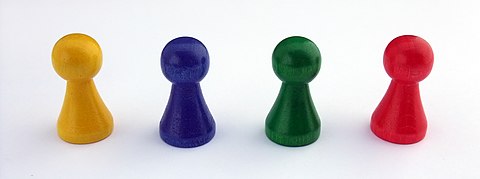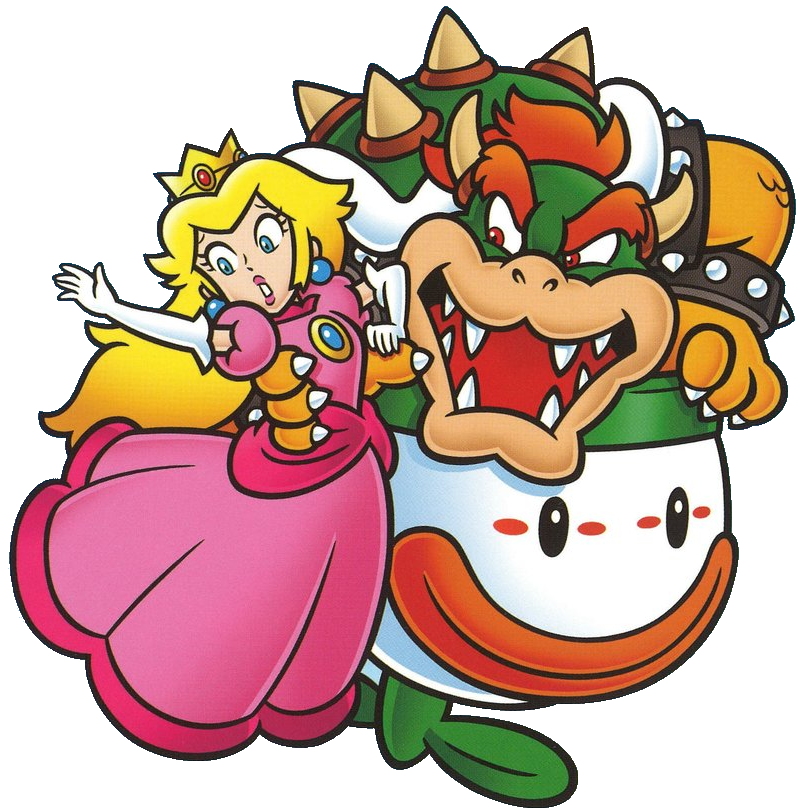Design a job worth playing.
October 12th, 2022
For the past two years I have been researching what makes a well-designed game. An interesting exercise, but in doing so I realised: on many occasions a job actually resembles a poorly designed game! Here's why.

Boundaries & Rules
A game takes place within specific boundaries (of time and space) and players join by choice. These boundaries and rules are quite clear in a game. What if you would step outside of the chess-board? Or if you could swap cards between your hand and the deck? The game would lose its appeal and players would disengage.
Are the boundaries of your job clear? How about your team? Or even the business domain you are supporting?
In real life, the boundaries are much more messy. But it can be very powerful to pay attention to the same signals that would make you disengage in a badly designed game. Do you feel others are breaking the rules? Maybe a product owner devalues technical improvements, or gives you mixed priorities. Or do you feel powerless? Maybe your team wants to use a new tool but you are unable to buy or deploy it, or even do an experiment?
"This game is too frustrating!"
A reason to be
A game gives the player a reason to be where they are and a place to go to. This can be very elaborate, like a backstory for the hero and how she needs to defeat her nemesis. Or very minimal: you want to sink all the opponent's boats. These stories give us purpose and make us emotionally attached to the game we are playing.
How often are you aware of your purpose at work? How is the environment designed to remind you of it?
It is very easy to get lost in the actions of the day without thinking about purpose. But imagine a game where you throw some dice and move your piece that many steps on the board. That's it. Only move, over and over and over again. How long would you play such a game? In work, moving stories from the backlog to the done lane is not the goal. If you are unaware of (or unable to determine) the desires of your stakeholders then you might be stuck in a Feature Factory. And that gets old really fast.
"This game is too boring!"
A sense of progress.
Even if your goal is crystal clear, once you start playing a game, there must be some feedback on your progress. Without it, your actions become meaningless. "Completing a sprint" is nice, but there is always another sprint right behind it. It's a measure of time, not of progress. "Less items on the backlog" does not have any impact at all.
What I want to know is: Are we any closer to defeating the weird spikey turtle who kidnapped the princess??

In the same vein is having clear priorities. You can achieve great progress in one area while still feeling a fail in the bigger picture. You may have prevented another team from reaching the more important goal. If you were in a game that switches priorities all the time you would lose your bearings and lose interest.
Are you aware of the current company goals, their priority and your progress towards them?
"This game is too confusing!"
Surprise!

A game always leaves space for surprise. Either by an element of chance or by the actions of another player. Different games have different levels of surprise, but a game with no surprises is no fun. A game with no challenge is no fun. Yet in our work we attempt to remove as much surprise as possible. We estimate and roadmap. We pretend to know many unknowable things. The players are in a difficult position because seeking challenge or seeking surprise is discouraged.
Agile has a principle to "embrace change" for good reason. A game invites players to seek a winning strategy in spite of surprises and changing circumstances, that's what makes it challenging. At its core this is also what it means to have " empowered teams". Giving the team room to find the winning strategy to reach a certain goal.
Is management still handing you the strategy instead of the desired outcome?
"This game is too easy!"
Ok, maybe my game sucks. What now?
I used to think "gamification" meant adding badges. Or some form of weekly employee-of-the-month challenge. But to make work at your company engaging and challenging (like a good game) means true cultural change. Some of that change starts at the top, but it really is something we can all influence. What I find especially interesting is that most of us can spot a badly designed game: it does not feel good to play. But we are not often encouraged to listen to our feelings to figure our if we're in a badly designed job.
The closest mechanism I found to detect these bad designs is the team health-check. I would recommend some form of it on a regular basis. For measuring progress the OKRs (Objectives and Key Results) are a good place to look. For clear boundaries I would recommend the book Team Topologies. It will help think about different roles and the bigger picture. And in general, Systems Thinking has helped me understand a lot about feedback loops. In the end, it does not matter how you do it...
...as long as you design a job worth playing!
Other resources:
- 12 signs you're working at a feature factory
- Agile principles
- Health check model
- Objectives and Key results
- Team Topologies
Pointy haired boss
Do you have similar issues? Contact us at Future500
We can tackle your technical issues while you run your business.
Check out what we do or write us at info@future500.nl